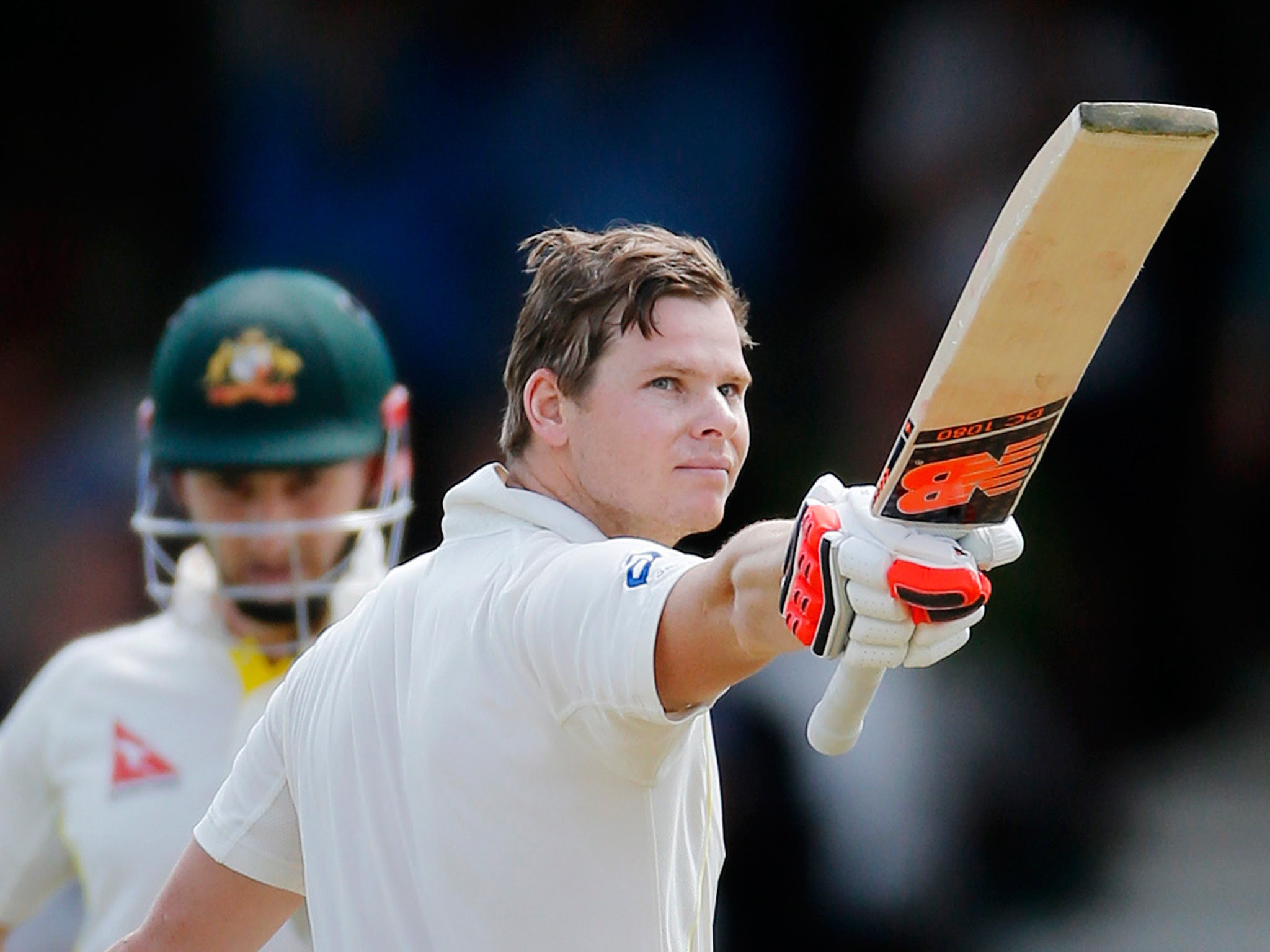Ashes 2015: As the Aussies rebuild they must reassess how they bat in Test cricket
Inside Edge: Australia's two wins show that there is not too much between these sides

At the end of a disappointing series for Australian cricket, I was pleased that the team finished on a positive note with a good performance and victory at The Oval. They played like we all know they can, and it was a good send-off for Michael Clarke in his final Test match.
But it was still frustrating for Australia to lose the Ashes to England, especially because their two wins show that there is not too much between these sides. The Test matches were all one-sided, but the series was not. If England had won 5-0 then it would be different, but it was only 3-2. If Australia played England in Australia this winter, Australia would probably win.
The real difference between the teams, the reason why England beat Australia, is that England won the most important moments. That was also the case when they won the Ashes at home in 2013 and 2009. The fact is that Australia failed to produce the goods under pressure, which is the essence of competitive sport.
There was Joe Root’s opening-day 134 at Cardiff. There was Jimmy Anderson taking 6 for 47 on the first day at Edgbaston, when England bowled out Australia for 136. Of course, there was Australia getting bowled out for 60 at Trent Bridge, and then Root’s hugely important 130 later on that first day.
Those were the big moments that decided the series, and while I do not think there is a big gap between the teams, you have to applaud Alastair Cook, after all the pressure he was under, and Trevor Bayliss, who has done a fantastic job as England coach already.
While there will inevitably be talk about English conditions, the pitches and the Dukes ball, the fact is that the conditions are the same for both teams. International cricketers play all over the world and they have to learn to play in different conditions.
But Australia have not won a Test series in England since 2001 now and this is going to be a huge challenge for Steve Smith’s captaincy in the next few years, looking forward to the next Ashes series in England in 2019. I remember when I was facing the challenge of winning in India and Sri Lanka, having lost a few series there, and this is now similar. The real challenge for Australia as they rebuild – without Chris Rogers, Michael Clarke or Brad Haddin – is to make sure they bat in Test cricket with the right approach. The game has changed since I retired and players who are brought up playing T20 cricket in the Big Bash are focused on going at the ball hard, dominating the bowling and trying to score at five runs per over.
But in Test cricket you do not always get flat pitches where you can do that. There are times when you just need to dig in, to show patience and discipline. These are skills Australia have not shown in this series and which they need to rediscover to win here again. They did that at The Oval, scoring a steady 287 for 3 on day one – you can’t always try to score 400 runs per day – which put them in a strong position. They need to do that more in future.
Australia have lost good players before and champions will come through again. I remember losing David Boon, Mark Waugh, Steve Waugh and the rest. But now Smith and David Warner, captain and vice-captain, who have played 33 and 43 Tests respectively, can become the leaders of the team.
Despite losing the Ashes, Australia discovered a Test-quality all-rounder in Mitchell Marsh, whose bowling and batting make such a difference to the balance of the team, just like Andrew Flintoff used to do for England. New players like Joe Burns, Matthew Wade or Pat Cummins can come into this young side. This is how the wheel turns in international cricket.
Classy Root was an easy pick as man of the series
There was only one contender to be man of the series. Joe Root played the two most important innings of the summer, his 134 in Cardiff, which rescued England from 43 for 3, and his 130 at Trent Bridge, on a pitch where Australia had just been bowled out for 60.
That innings in Nottingham was world class as he dealt with difficult conditions, took the game away from Australia and put England in a position to go 3-1 up in the series and win the Ashes.
What I like most about Root is how he blends between the different formats and his ability to bat at different speeds. Root is of the generation brought up on T20 cricket but he can still show patience and discipline in Test cricket when he has to. If everything goes to plan, he can be one of England’s greatest batsmen.
I think the best Australian was Chris Rogers, just ahead of the underrated and consistent Nathan Lyon. Rogers certainly knows how to bat in Test matches and he was Australia’s most consistent batsman, second-topscoring with 480 runs. Rogers’ 173 helped to set up the big win at Lord’s and he hit three other fifties. But he is retiring now, as he turns 38 next week. He will be missed.
Subscribe to Independent Premium to bookmark this article
Want to bookmark your favourite articles and stories to read or reference later? Start your Independent Premium subscription today.

Join our commenting forum
Join thought-provoking conversations, follow other Independent readers and see their replies